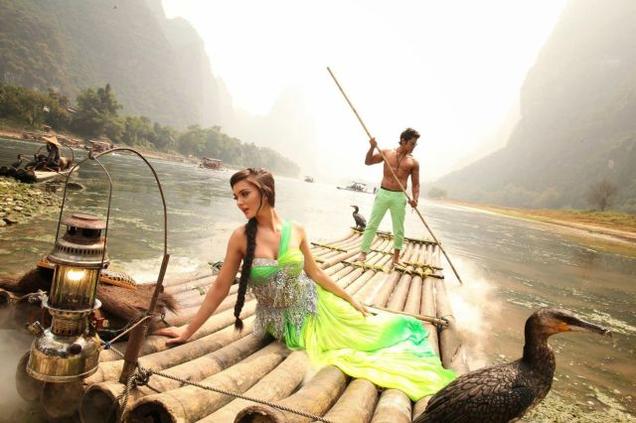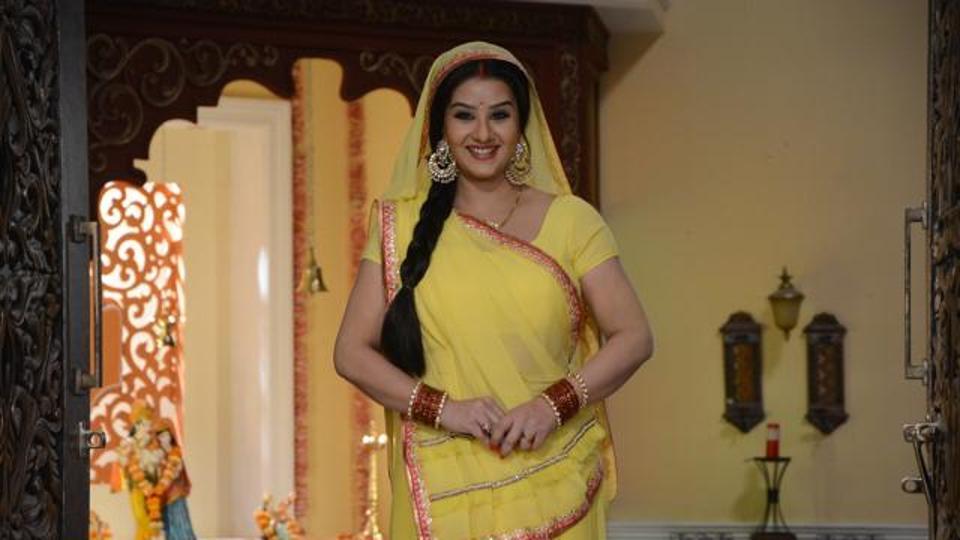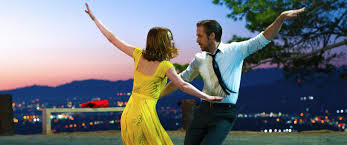I movie review: A terrific performance let down by an uninspired, exhausting movie
Is there another filmmaker as fascinated by the double role as Shankar? (Even the frivolous Jeans is riveted by the sight of twins.) Where others employ this trope as merely a means to magnify the hero — see two stars for the price of one! — or maybe to flesh out the separated-at-birth scenario so popular in the masala format, Shankar uses the device to split open the protagonist’s psyche.
In films like Mudhalvan and Gentleman — where it’s not two roles so much as two faces of the character (journalist/chief minister, mild-mannered entrepreneur by day/vigilante by night) — the second ‘character’ is made to do things the first one cannot, and in Sivaji, the bald-headed persona was essentially the hero assuming another ‘face’ in order to continue where he left off.
This split was carried out to the extreme in Anniyan and Enthiran, where the other roles weren’t just assumed by the protagonist but birthed by him. In the former, which gave the leading man three roles to play, the driving force was schizophrenia, and in the latter, the Evil Twin was ‘invented’ by the Good Twin as a reflection of himself, in his own form. For all its problems, Enthiran marked a departure point in Shankar’s career because, for the first time, the second role wasn’t that of a vigilante or a do-gooder out to clean up society, but a confused, gone-berserk manifestation of the protagonist’s ID. All of which is another way of saying that I had quite a few expectations of I, which arrives four years after Enthiran, after teasing us with trailers featuring a regular-looking Vikram and a hunchbacked avatar.
But I is just more of the same – it’s the old vigilante scenario, except that the villains don’t represent a microcosm of society. This time, it’s purely personal. The evildoers in I mess up the hero’s life and he embarks on revenge. After a point, the film begins to remind us of Aboorva Sagotharargal, where a noxious substance results in the hero’s ‘deformity’, and when he discovers how he came to be this way, he doles out punishment in a variety of inventive ways. (Even the parrot from that film finds an equivalent: a faithful dog.) For a while, I is innocuous fun. We meet Lingesan (Vikram), a gym rat who’s in love with a model (Diya, played by Amy Jackson) he keeps seeing in magazines and on TV and on billboards. As his best friend Velu, Santhanam contributes a few laughs and keeps things light, and Vikram, too, does no heavy lifting outside the gym. He is relaxed, charming, and he draws us to this nobody who wants to be a somebody. In an amusing scene, he participates in a body-building championship and dances to ‘Azeem-o-shaan shahenshah’, his ‘choreography’ made up entirely of poses that show off his muscles. There’s more showing off, courtesy the technical departments, in the ‘Mersalaayiten’ music video — the song’s pep is complemented by a series of well-imagined, well-staged visual effects.
But once Lingesan meets Diya and gets a makeover, the film turns tedious. Since Anniyan, Shankar has run out of ideas for storylines for the ‘normal guy’ character — we need to wait for the second half in order to get to the real story, with the ‘other guy’ character, and so we bide time with lavishly shot (but very generic-looking) song sequences (music by A. R. Rahman) and a patience-sapping love angle. Shankar’s never been the most sensitive of filmmakers, and there’s never much use in expecting these ‘mass films’ to depict politically correct attitudes (Diya’s suitors reject her because she may not be a virgin) – still, the track with a transgender makeup artist (Ojas M. Rajani) made me squirm. Things become slightly better once the focus shifts to the hunchback, but even these portions come with a strong sense of déjà vu. There’s no urgency, no tension, not one surprising moment in the narrative — even the mastermind-villain’s identity is evident from the minute we set eyes on him.
There’s a hint of subtext in the beauty-and-the-beast premise. I is set largely in the world of advertising, where looks matter, and the biggest suffering one can endure, according to the film, is the loss of these looks. But it’s understandable that these themes aren’t elaborated — no film made on this kind of budget, with gargantuan images from P. C. Sreeram, can afford to traffic in that kind of nuance. What’s surprising though is that even the entertainment aspects are glossed over. There’s a great masala moment that involves undone shoelaces, but elsewhere — in the fights, in the revenge scenarios — there’s a distinct lack of freshness. A story this pulpy should have been way more exciting.
And moving, too. In over three exhausting hours, we get just one human-sized moment, when Lingesan collapses in the gym due to over-exertion and we sense his desperation to win the championship. Everywhere else, I leaves us with the impression of watching a giant machine grinding away. In films likeMudhalvan, Shankar made us feel for his characters. Here, there’s nothing to make us care — nothing, except Vikram’s performance as the hunchback. Despite the pustules on his face, the swollen lower lip, the horrifying emaciation — the makeup and the physical transformation are both top-notch — he does his darnedest to make us care for the character, using his voice, his eyes. But beyond a point he has nothing to do, nothing to play — he’s all dressed up and he has nowhere to go.
source: Hindu




